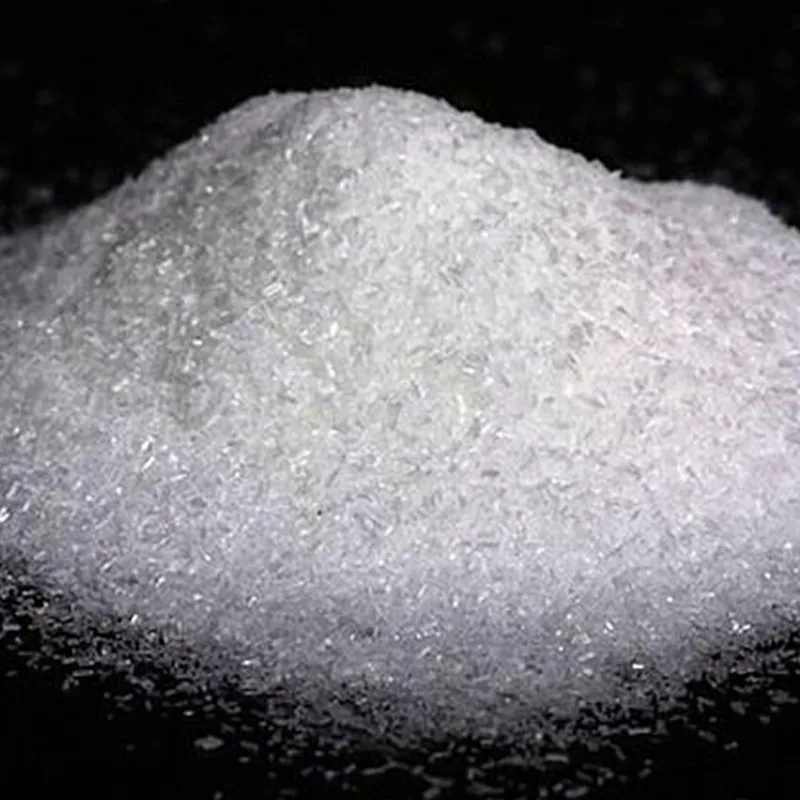
green solvents
Green Solvents A Sustainable Choice for Modern Chemistry
In recent years, environmental concerns have driven the search for more sustainable alternatives across various industries, including chemistry. One significant advancement in this area has been the development and adoption of green solvents. These solvents, designed to minimize environmental impact while maintaining efficiency and effectiveness in chemical processes, are revolutionizing the way we think about chemical reactions and manufacturing.
What Are Green Solvents?
Green solvents are substances that, compared to traditional solvents, possess a lower toxicity, reduced volatility, and a smaller ecological footprint. They are derived from renewable resources, meet environmental regulations, and exhibit minimal adverse effects on human health and the environment. Common examples of green solvents include water, ethanol, and bio-based solvents like ethyl lactate and methyl soyate. These substances not only perform well in various applications—from pharmaceuticals to agrochemicals—but also help mitigate pollution and reduce hazardous waste.
The Importance of Green Solvents
The chemical industry is one of the largest consumers of organic solvents, many of which are volatile organic compounds (VOCs) that contribute to air pollution and pose health risks. Traditional solvents are often derived from petroleum and can create toxic by-products during their production and use. In contrast, green solvents are designed to be more environmentally friendly and sustainable. Their adoption can lead to significant reductions in hazardous emissions, increased safety for workers, and a cleaner environment.
Moreover, incorporating green solvents into industrial processes aligns with global sustainability goals
. The United Nations has set several Sustainable Development Goals (SDGs) that emphasize the need for responsible consumption and production, climate action, and improving overall environmental quality. The use of green solvents serves as a practical approach to achieving these objectives.Applications of Green Solvents
green solvents

The versatility of green solvents allows them to be used in a wide range of applications. In the pharmaceutical industry, they are gaining traction for drug formulation and extraction processes. For instance, ethanol and water are often utilized as safe solvents for drug development, reducing the reliance on toxic compounds and ensuring that medications are safer for patients.
In agrochemistry, green solvents facilitate the formulation of pesticides and herbicides. The reduction of hazardous solvents not only helps to protect agricultural workers but also prevents harmful residues from entering the ecosystem. Additionally, green solvents are finding their way into the cosmetic industry, where they are used in the formulation of creams, lotions, and other personal care products.
Challenges and Future Directions
Despite the benefits of green solvents, there are challenges to their widespread adoption. One of the primary concerns is the performance and effectiveness of these solvents in specific applications compared to traditional solvents. Research and development are essential to optimize the properties of green solvents, ensuring they can meet industrial performance standards without compromising safety or reliability.
Another challenge lies in the cost and availability of raw materials for producing green solvents. While the shift towards bio-based solvents is promising, establishing a reliable supply chain requires investment and innovation.
Conclusion
The transition to green solvents is an integral part of creating a more sustainable and responsible chemical industry. By embracing these environmentally friendly alternatives, we can significantly reduce our ecological footprint while still achieving high efficiency and effectiveness in various applications. As research progresses and technology advances, the future of green solvents looks promising, paving the way for a cleaner, safer, and more sustainable world. The time to invest in green chemistry and green solvents is now, for the health of our planet and future generations depends on it.
-
Buy High-Quality Trichloroisocyanuric Acid for Sale | TCCA 90% SupplierNewsAug.30,2025
-
Pure Sodium Dichloroisocyanurate Dihydrate | Powerful DisinfectantNewsAug.29,2025
-
Industrial Chemicals: Quality & Purity for Every IndustryNewsAug.28,2025
-
Nitrile Rubber Honoring Strict Production StandardsNewsAug.22,2025
-
Aspartame Ingredients Honoring Food Safety ValuesNewsAug.22,2025
-
Fertilizer for Balanced Plant NutritionNewsAug.22,2025
-
Cyanide Gold Processing with High Purity AdditivesNewsAug.22,2025
Hebei Tenger Chemical Technology Co., Ltd. focuses on the chemical industry and is committed to the export service of chemical raw materials.
-

view more DiethanolisopropanolamineIn the ever-growing field of chemical solutions, diethanolisopropanolamine (DEIPA) stands out as a versatile and important compound. Due to its unique chemical structure and properties, DEIPA is of interest to various industries including construction, personal care, and agriculture. -

view more TriisopropanolamineTriisopropanolamine (TIPA) alkanol amine substance, is a kind of alcohol amine compound with amino and alcohol hydroxyl, and because of its molecules contains both amino and hydroxyl. -

view more Tetramethyl Thiuram DisulfideTetramethyl thiuram disulfide, also known as TMTD, is a white to light-yellow powder with a distinct sulfur-like odor. It is soluble in organic solvents such as benzene, acetone, and ethyl acetate, making it highly versatile for use in different formulations. TMTD is known for its excellent vulcanization acceleration properties, which makes it a key ingredient in the production of rubber products. Additionally, it acts as an effective fungicide and bactericide, making it valuable in agricultural applications. Its high purity and stability ensure consistent performance, making it a preferred choice for manufacturers across various industries.





